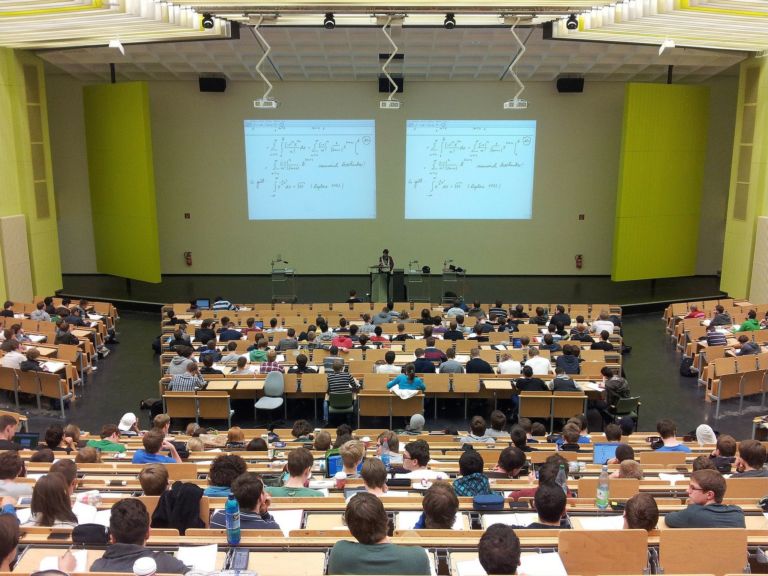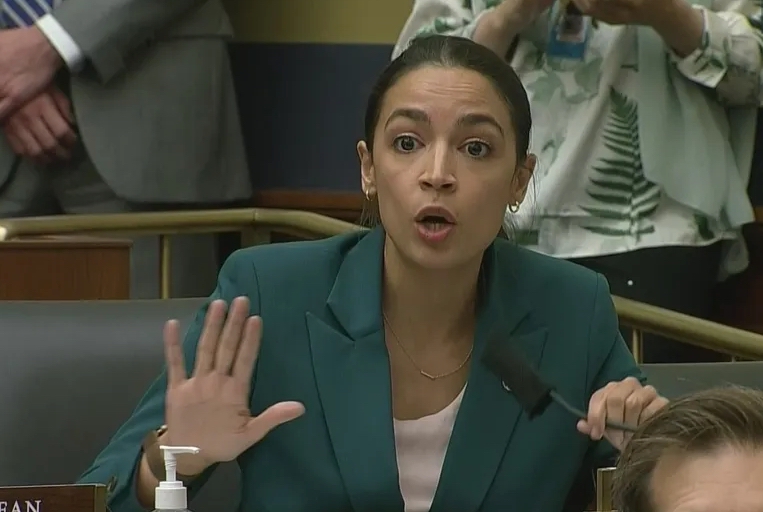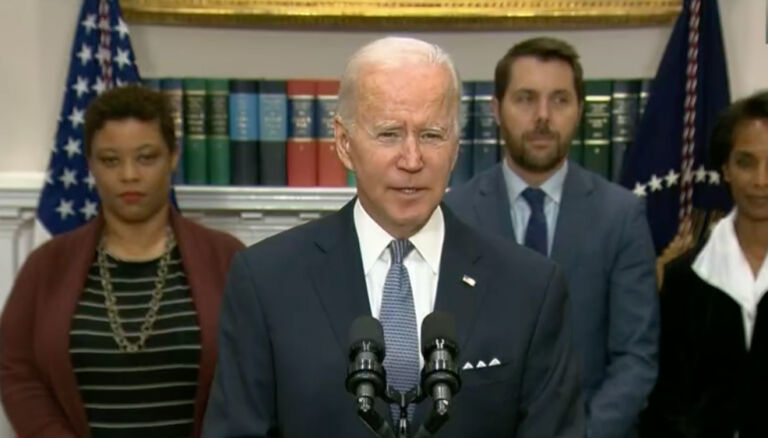Rich Lowry of National Review Online applies a reality test to one of progressives’ top pet policies.
California progressives tried to build a European-style high-speed rail network and alienated the French in the process.
A big New York Times piece on the rail project reports that the French, who wanted to work with California, decided the state was simply too dysfunctional and departed to help complete a high-speed line in Morocco instead.
The ongoing unraveling of California’s rail plan is an object lesson in how infrastructure as eschatology is a bad idea. If transportation is conceived as a way to save the planet and fulfill a deep-seated, quasi-religious fixation rather than as a means to move people around more efficiently, it is bound to fail. Throw on top California’s politicized decision-making and regulatory and legal obstacles to building, and it’s a formula for a boondoggle for the ages.
No matter how high California has estimated the cost of the project to be, it hasn’t been enough, even as almost nothing has been built. It started out at $33 billion in 2008. Now, it’s $113 billion, with no one knowing where the funding is going to come from.
Not that the California experience will diminish the progressive ardor for high-speed rail. As far as its enthusiasts are concerned, it is like socialism — never failed, just never truly tried.
President Barack Obama proposed an 8,600-mile high-speed rail system, and transportation secretary Pete Buttigieg wants the U.S. to be the “global leader” in high-speed rail. Progressives think of bullet trains like windmills on rails, a symbol of enlightenment and modernity, a way to free ourselves from the selfish, small-minded tyranny of the automobile and adopt a sleeker, greener, more virtuous future.
Then, the wheel meets the rail. In California, it might have sounded appealing to build a high-speed rail link between Los Angeles and San Francisco — if you abstracted the project from all the topographical and other difficulties.


